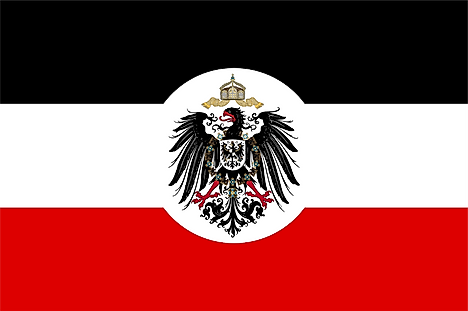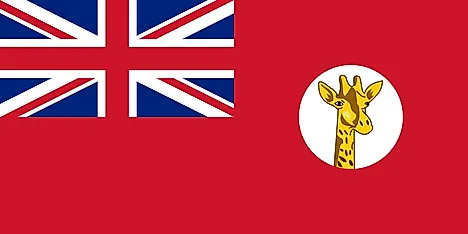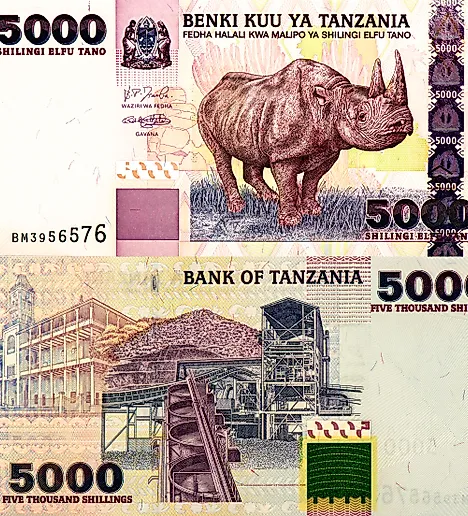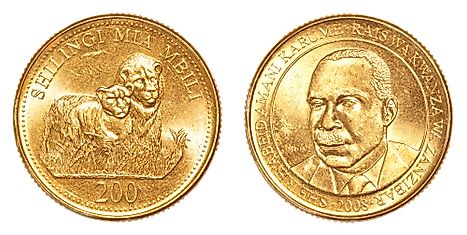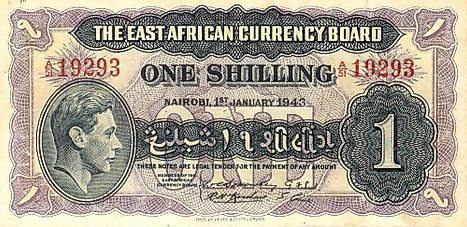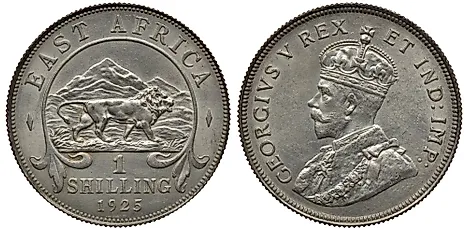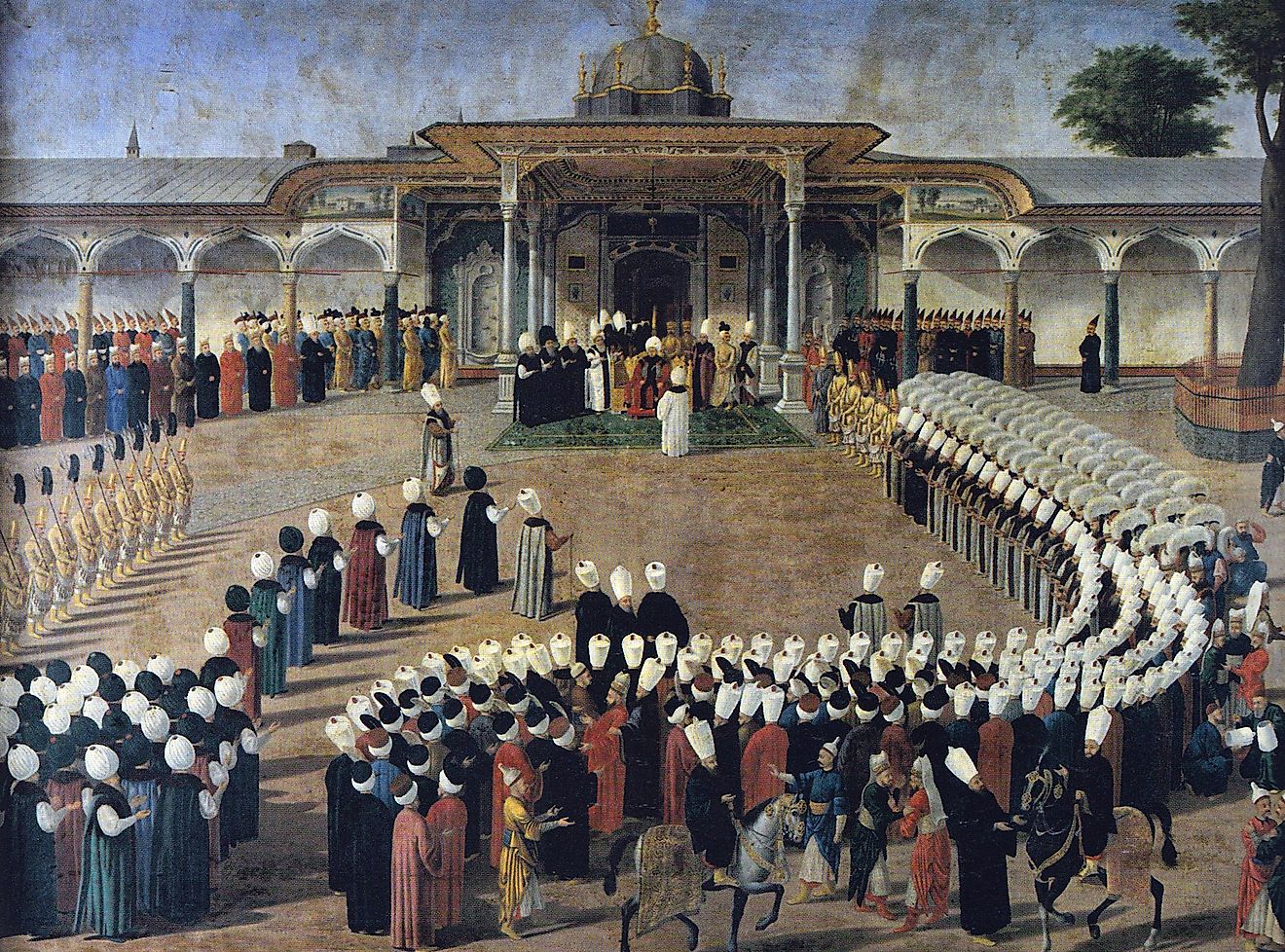Flags, Symbols & Currency of Tanzania
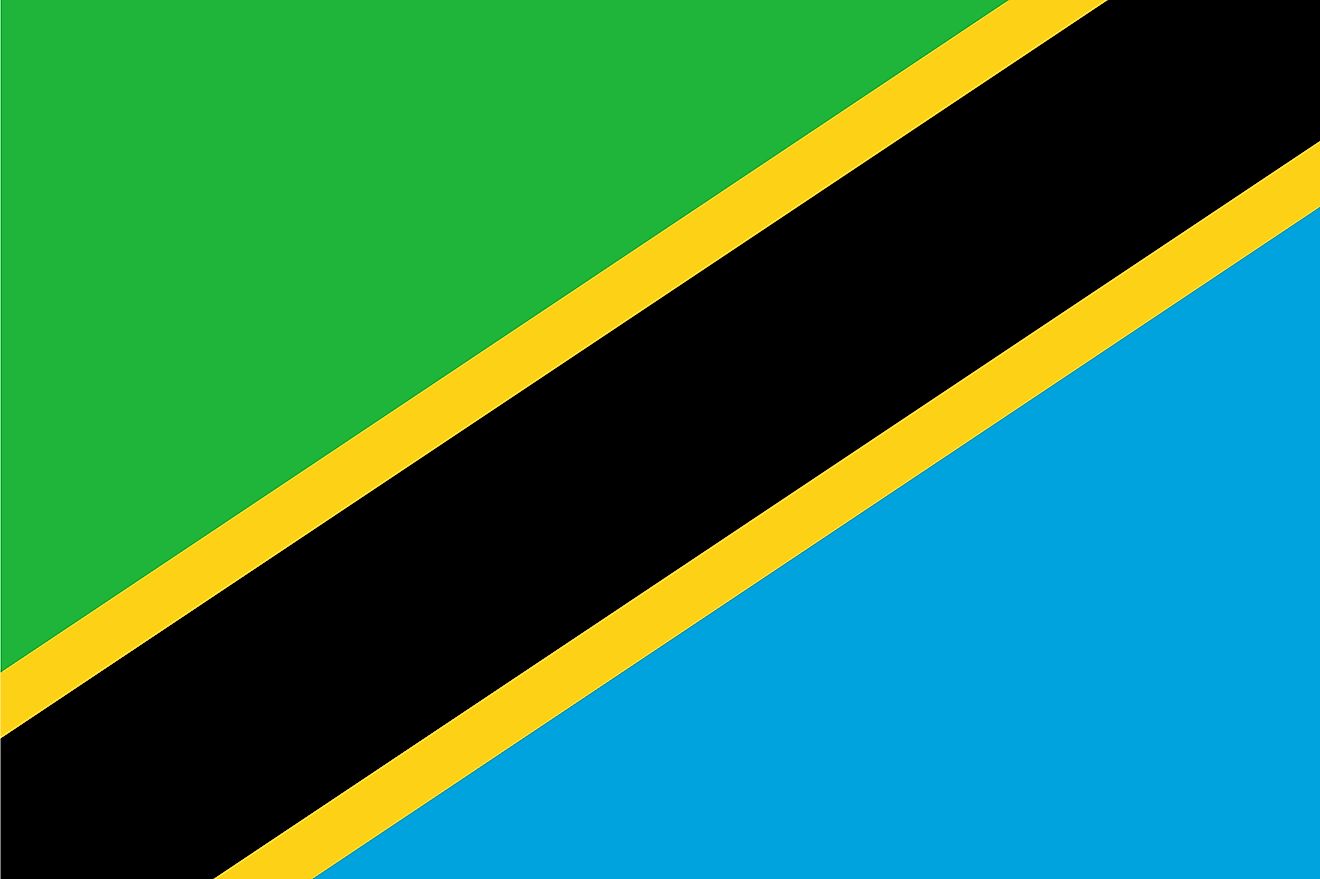
The National Flag of Tanzania was officially adopted on June 30, 1964.
The National Flag of Tanzania is divided diagonally by a yellow-edged black band from the lower hoist-side corner; with the upper triangle (hoist side) being green and the lower triangle being blue. The green and black colors were taken from the original Tanganyika flag. The blue color was borrowed from the Zanzibar flag. The green color represents the country's rich green agricultural lands and natural vegetation. It also denotes peace and unity in Tanzania, and its incorporation on the flag is a reminder to the Tanzanians of the need to grow their economy through agriculture and preserve their forests while upholding peace. The black color represents the native Swahili people who account for the majority of the country’s native population. The black color also signifies the unity of the native Swahili people through their skin color, reminding them that they should not be discriminated against based on their complexion. The thin yellow stripes represent the country's rich mineral deposits. the blue color symbolizes the lakes and rivers that flow through the country as well as the Indian Ocean. The flag has a width-to-length proportion ratio of 2:3.
History of the Flag of Tanzania
Being a part of the Sultanate of Oman, the Sultanate of Zanzibar was represented by a plain red flag. However, the German exploration and invasion of the East African coast eventually annexed Tanganyika and Zanzibar, combining them with Burundi and Rwanda to create German East Africa. In 1891, East German Africa adopted a white flag with a black cross running through the middle and a red portion at the top left with five-pointed stars. After the collapse of the German rule in 1916 during the First World War, Britain took control of Tanganyika and a British Red Ensign flag with a white circle featuring a giraffe was adopted. This flag was used until 1961 when the Tanganyika African National Union, whose flag was a horizontal combination of green and black stripes, fought against British rule and Tanganyika became a sovereign state. Upon gaining its independence, the new sovereign state adopted a flag featuring green, black, and yellow-bordered stripes.
After gaining independence from Britain in 1963, Zanzibar adopted a new flag. Introduced in 1964, the new flag was based on the plain red field used by the Sultanate of Zanzibar, but included the addition of a green circle and two yellow cloves. During this period, Zanzibar became known as the People’s Republic of Zanzibar and Pemba, a new flag featuring black-yellow-blue horizontal tricolors was briefly adopted but abandoned two weeks later in favor of a blue-black-green horizontal tricolored flag. In April 1964, Tanganyika and Zanzibar united, melding their flag traditions to create a new national flag for the newly formed United Republic of Tanzania. The final flag incorporated a green and blue bicolor with a diagonal black bar with a yellow-border, appearing diagonally for distinctiveness.
Symbols of Tanzania
The National Coat of Arms of Tanzania
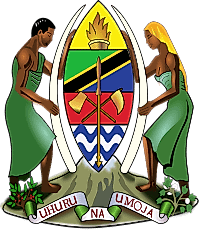
The current official National Coat of Arms of Tanzania was adopted on December 6, 1961. The Coat of Arms was designed by Mr. Jeremiah Wisdom Kabati. It is composed of a man and woman supporting a warrior's shield divided into four sections. The first section depicts a burning torch placed on a golden background. The burning torch symbolizes enlightenment, knowledge, and freedom; the golden background represents the country’s mineral deposits. The second section features the National Flag and symbolizes the national unity and sovereignty representing togetherness and unison among the Swahili people of Zanzibar and Tanganyika. The third section has a spear, a crossed axe, and a hoe placed on a red background. The spear denotes freedom, the crossed axe and hoe being the working tools of the Tanzanian people used for developing the country; the red background color symbolizes the fertile soil of Africa. The fourth section contains wavy bands of blue, representing the land and sea of the nation. The shield is placed on a grey mound representing Mount Kilimanjaro. The man and the woman also support two elephant tusks. The clove bush placed at the man’s feet along with the cotton bush placed at the woman’s feet alludes to the theme of cooperation. Below the shield, a scroll displays the national motto: “Uhuru na Umoja” (“Freedom and Unity”).
National Motto
"Uhuru na Umoja" ("Freedom and Unity")
National Anthem
- Anthem Title: "Mungu ibariki Afrika" ("God bless Africa")
- Music Composer: Enoch Mankayi Sontonga
- Lyricist: collectively
- Date of Adoption: December 9, 1961
"Mungu ibariki Afrika" ("God bless Africa") is the national anthem of Africa. The music of the anthem have been composed by Enoch Mankayi Sontonga. The lyrics have been authored collectively by a group of people. The anthem was officially adopted on December 9, 1961.
"Mungu ibariki Afrika" (Swahili)
Mungu ibariki Afrika
Wabariki Viongozi wake
Hekima Umoja na Amani
Hizi ni ngao zetu
Afrika na watu wake.
Chorus:
Ibariki Afrika, Ibariki Afrika
Tubariki watoto wa Afrika.
Mungu ibariki Tanzania
Dumisha uhuru na Umoja
Wake kwa Waume na Watoto
Mungu Ibariki Tanzania na watu wake.
Chorus:
Ibariki Tanzania, Ibariki Tanzania
Tubariki watoto wa Tanzania.
"God bless Africa"
God bless Africa
Bless its leaders
Wisdom, unity and peace
These are our shields
Africa and its people
Chorus:
Bless Africa, Bless Africa
Bless us, the children of Africa
God bless Tanzania
Grant eternal freedom and unity
To its women, men and children
God bless Tanzania and its people
Chorus:
Bless Tanzania, Bless Tanzania
Bless us, the children of Tanzania
The Currency of Tanzania is the Tanzanian shilling
The current official currency of Tanzania is the Tanzanian shilling (TZS/TSh). It is sub-divided into 100 senti. The currency is issued and distributed by the Bank of Tanzania (Benki kuu ya Tanzania), which is its central bank.
Coins
Currently, the coins used in Tanzania are denominated as 50, 100, 200, and 500 shilingi.
Banknotes
The shilling banknotes currently used in Tanzania are 500-, 1,000-, 2,000-, 5,000-, and 10,000 shilingi.
The 500-shilling banknote is green in color. It has a portrait of Sheikh Amani Karume on the obverse, and the Tanzanian coat of arms on the reverse side of the note. The 1,000-shilling note, on the other hand, is blue. It has a portrait of Julius Nyerere, who was the first president of Tanzania when it gained independence. The 1,000 shilling note also has the Dar-es-Salaam statehouse portrait. The 2,000-shilling note is orange with portraits of a lion and palm trees. The 5,000 note is purple and features the black rhinoceros. The last banknote is the 10,000 shilling, which is red, and includes the Tanzanian coat of arms and the headquarters of the Bank of Tanzania.
Historical currencies of Tanzania
On June 14, 1966, the Tanzanian shilling replaced the East African shilling. The Tanzanian shilling coins were introduced in 1966 in denominations of 5, 20, and 50 senti, and 1 shilling. The 50 senti and 1-shilling coins were struck in cupro-nickel. The 5 and 20 senti were struck in bronze and nickel-brass, respectively. The 5-shilling coin was introduced in 1972, while the 10 senti was struck in 1977. The coins issued between 1966 and 1984 were designed by Christopher Ironside. The 50 shilling coin was first issued in 1996, the 100 shillings issued in 1994, the 200 shillings minted in 1998, and the 500 shillings introduced in 2014.
The first banknotes came in denominations of 5, 10, 20, and 100 shillings. However, the central bank replaced the 5 shilling note with a coin in 1972. In 1985, 1986, 1989, and 1990 the Benki kuu ya Tanzania introduced 50, 200, 500, and 1,000 shilling notes, respectively. Besides, the 5,000 and 10,000 shilling notes were introduced in 1995, and the first 2,000 shilling notes were issued in 2003. Between 1987 and 1996, the central bank replaced the 10, 20, 50, and 100 shilling notes with coins. A new series of notes which included better security features were introduced in 2011.
